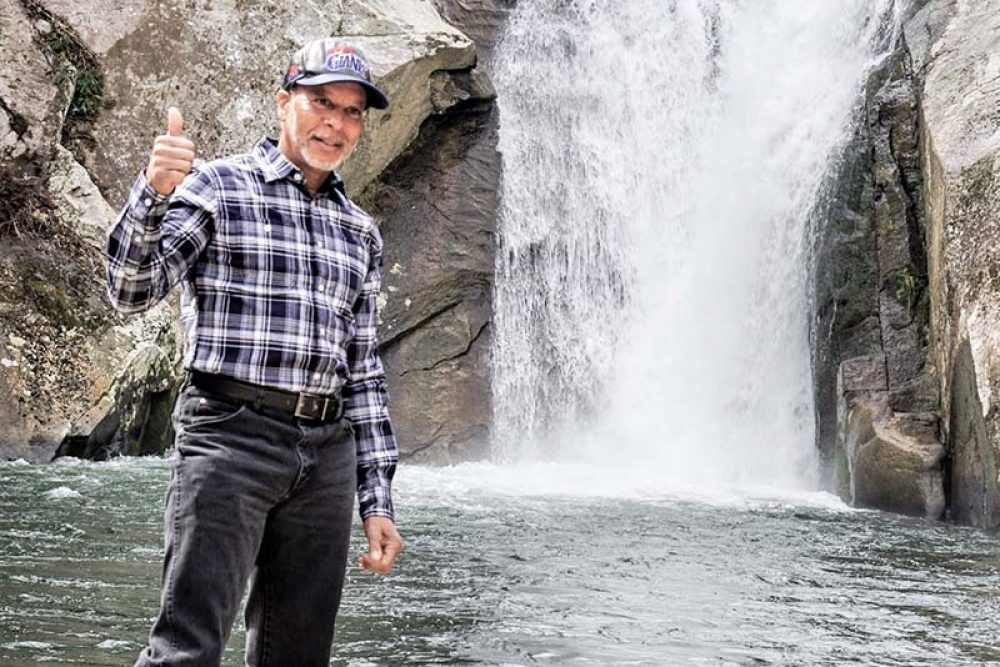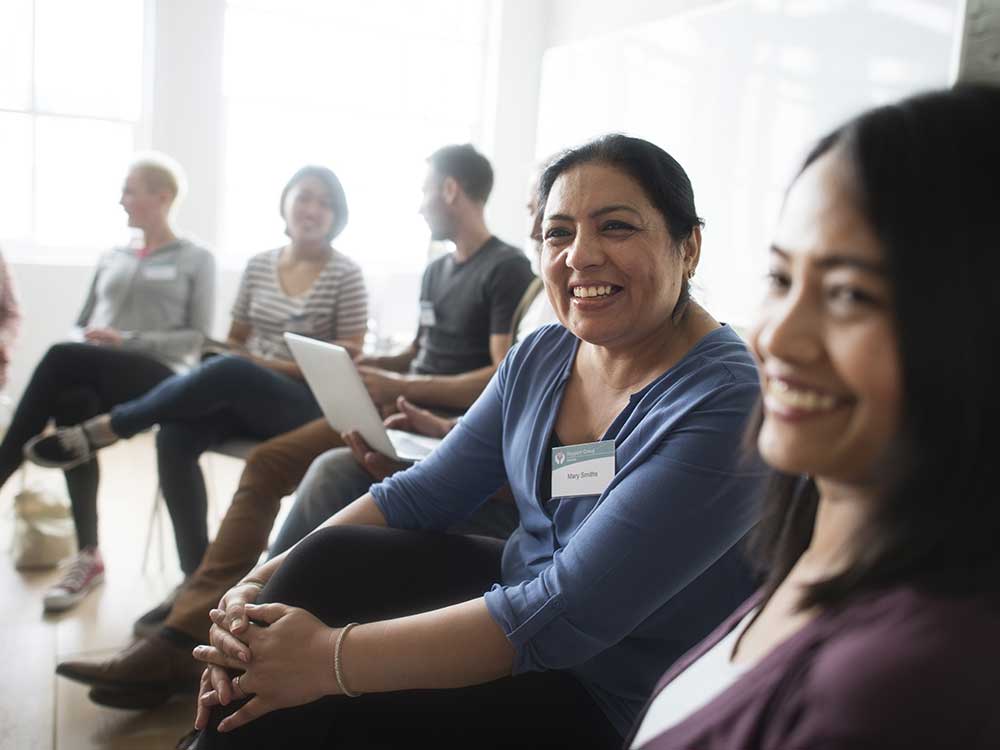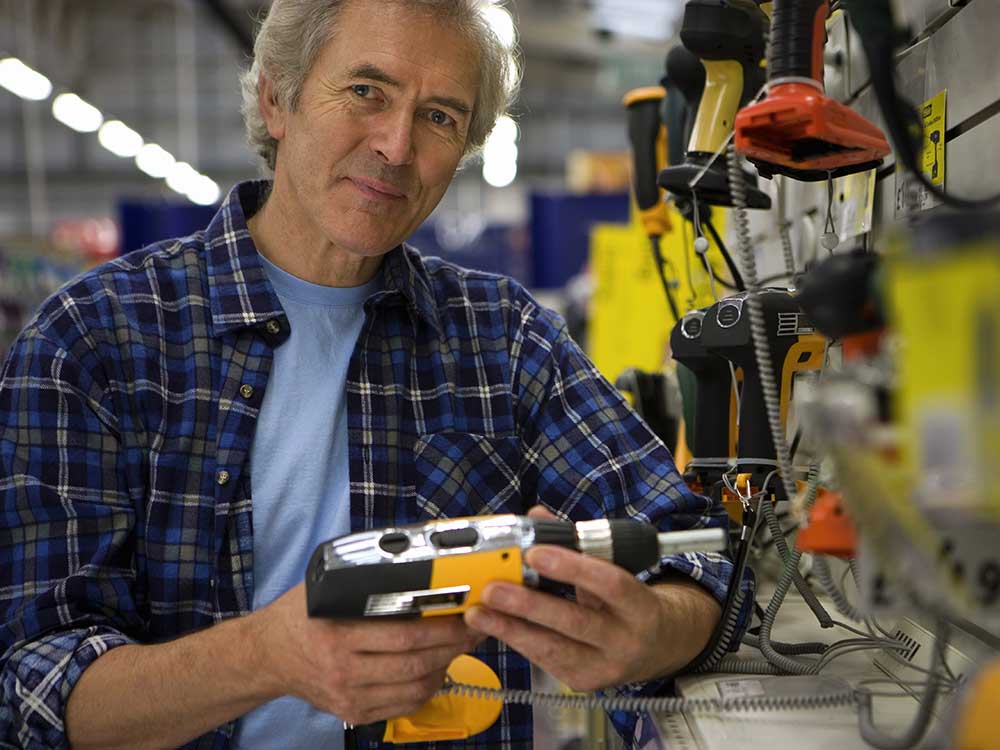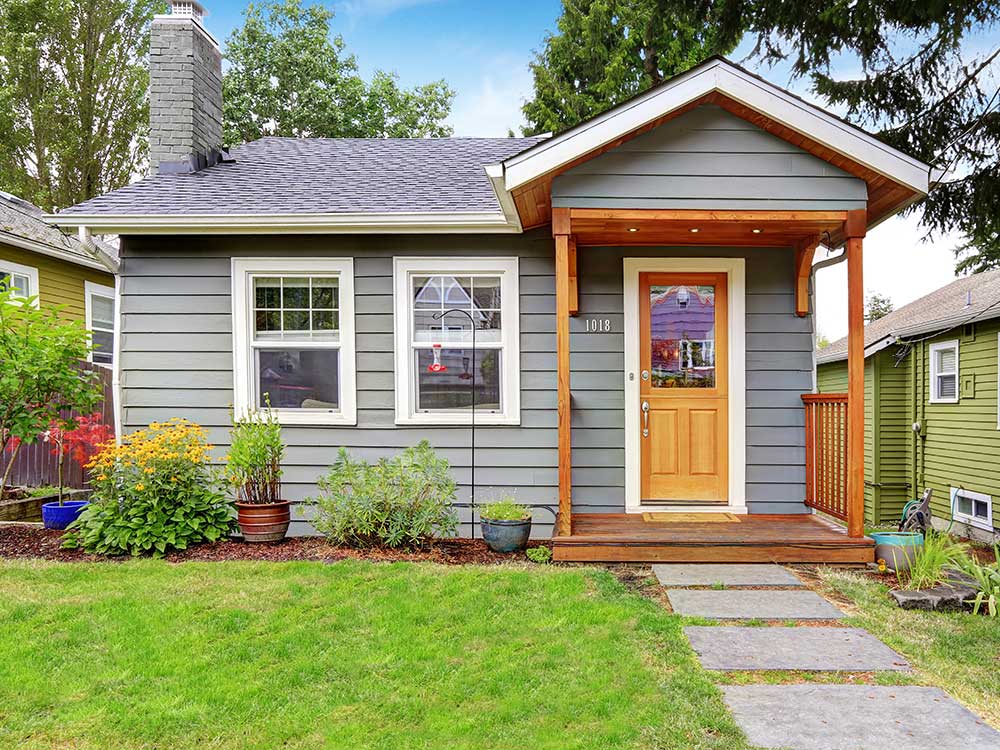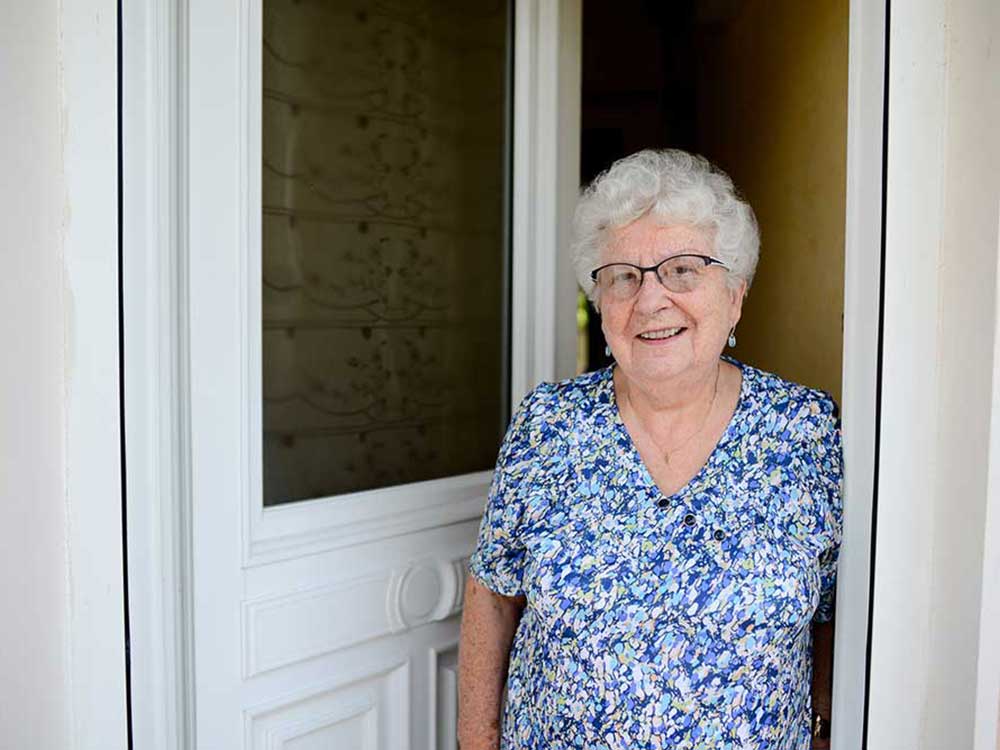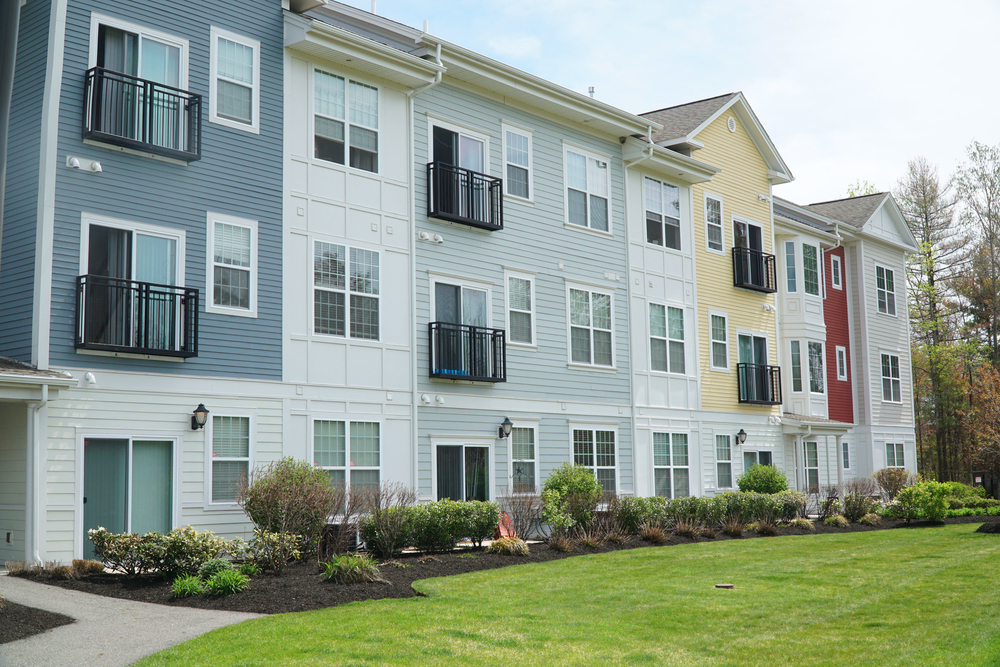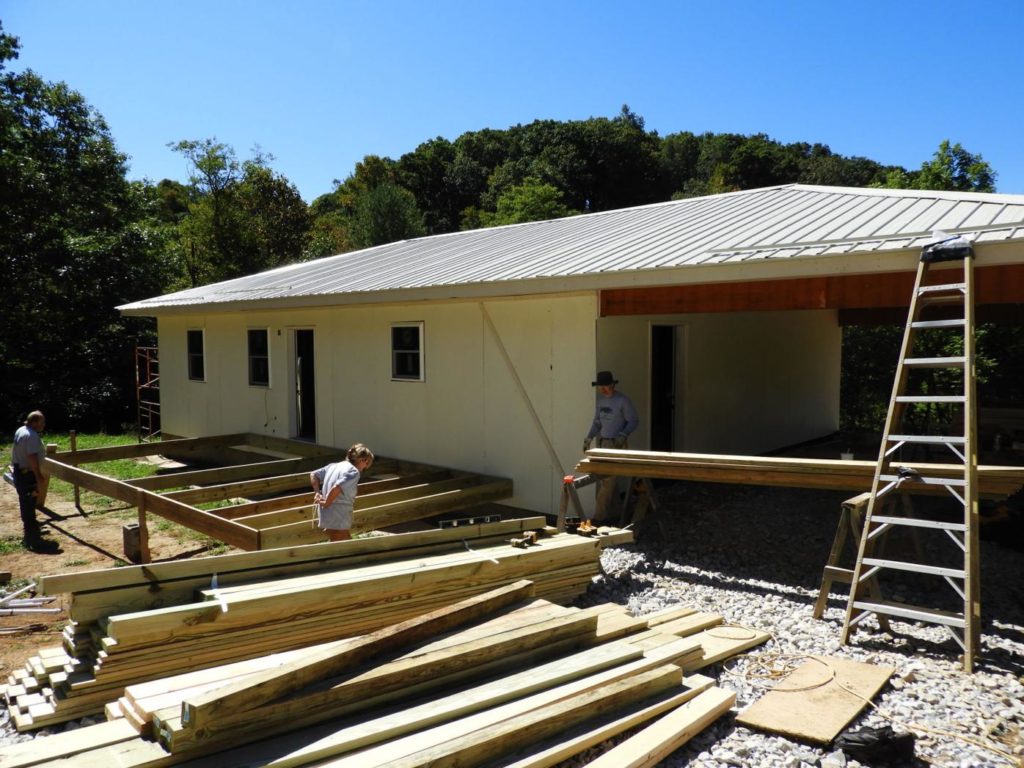Serving all 18 counties in Western North Carolina and the Qualla Boundary, Pathways to Parks is a BIPOC-led organization that encourages Black, Hispanic-Latino, Indigenous and other people of color to become interested in exploring and stewarding America’s public lands. The organization promotes walking, hiking, water sports, camping, tennis, picnicking, cycling and all the other adventures that national, state and local parks have to offer. Nature is a “healer,” and getting out into parks supports an active lifestyle that can mitigate chronic health issues.
CEO Tanya Marie Pender and her husband Larry Pender co-founded the organization after a presentation they attended by nationally-renowned nature enthusiasts Audrey and Frank Peterman who emphasized that people of color do not routinely visit national and state parks for numerous reasons. This realization prompted them to take action throughout their local communities to encourage people of color to get active in nature.
Tanya Marie and Larry, an experienced tennis coach and avid cyclist, lead small groups (15 or under) in outdoor activities, providing the groups with instructional information on each activity before beginning. All ages are welcome (children must be attended by parents). “We want to get the whole family out hiking, participating in outdoor activities,” Tanya Marie says.
In need of a website as well as equipment such as bicycles, hiking equipment and tennis racquets, the organization partnered with Dogwood Health Trust to secure a grant. “The website will help us tell our story as we talk to government leaders about our organization. This grant gives us a running start to accomplish our goals. We are over the moon about it and are putting the money to the best use possible,” says Tanya Marie.
Numerous organizations such as MountainTrue, Conserving Carolina, Southern Appalachian Highlands Conservancy, Sierra Club, Mountains to the Sea Trail, Blue Ridge Parkway and the Blue Ridge Parkway Foundation have partnered with Pathways to Parks.
To sum up the newly-formed organization’s mission, Tanya Marie says, “The parks belong to all of us, why not utilize them?”

